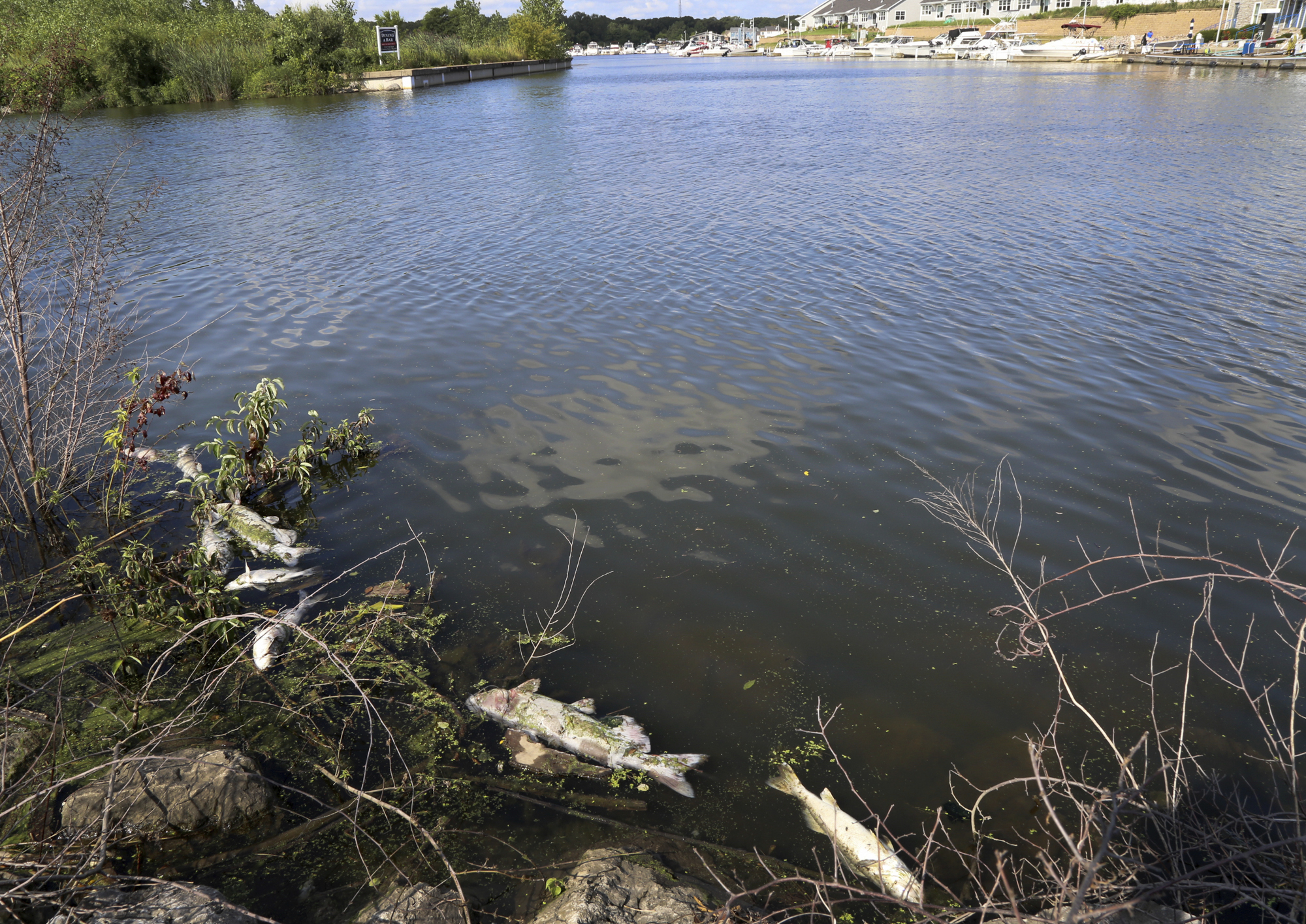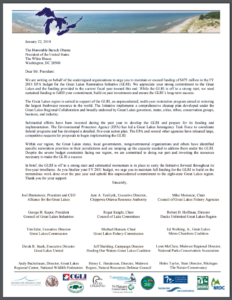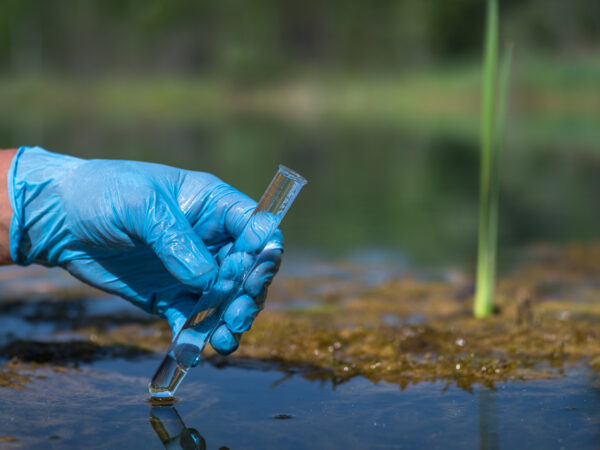
Protecting and restoring the Great Lakes has been a regional priority since 2009 when former president Barack Obama put $475 million in his first budget for the lakes. But you might not know it from the headlines about southern Lake Michigan.
“Some Indiana beaches along Lake Michigan closed after chemical spill,” the Associated Press reported in mid-August.
Steel manufacturer ArcelorMittal accidentally released cyanide and ammonia-nitrogen into a tributary that flows to Lake Michigan. In addition to the beach closures, an estimated 3,000 fish were killed as a result of the incident.
ArcelorMittal accepted responsibility for the chemical spill and is cooperating with the investigation by Indiana officials
But incidents like the chemical spill aren’t isolated in southern Lake Michigan.
In 2014 the headlines read “Malfunction at BP Whiting refinery sends oil into Lake Michigan.”
Tarballs of oil washed up on public-access beaches. BP acknowledged the incident, saying it was caused by a “process disruption” in its operation.
Toss in billions of gallons of sewage that is discharged to the lake in ever-increasing heavy rain events as well as the impact of legacy pollutants, and the outlook for the health of southern Lake Michigan remains in doubt.
Slow Progress
Progress in minimizing or eliminating the risk to the lake from legacy pollutants is possible but comes in slow increments.
In June, the Illinois Pollution Control Board ruled that Midwest Generation in Waukegan, north of Chicago and bordering Lake Michigan, was responsible for groundwater contamination from coal ash storage ponds. The ponds are a quarter mile from the lake.
Among the possible pollutants from coal ash are boron, sulfate and arsenic.
The complaint was brought by environmental and citizen groups in 2012 and Waukegan activist Dulce Ortiz said it has been a “seven-year fight” that isn’t over yet.

Dulce Ortiz, Clean Power Lake County, Photo by Clean Power Lake County via Gary Wilson
“This is the first step in the fight but it’s not a complete win,” said Ortiz, who is co-chair of the activist group Clean Power Lake County.
The next step, which will include a public hearing, is for the Illinois Pollution Control to determine a remedy for the violation.
Ortiz said she is also concerned about overall Lake Michigan water quality near Waukegan and doesn’t allow her children go into the lake.
Echoing Ortiz’s concerns about coal ash ponds near Lake Michigan, environmental attorney Jeffrey Hammons said, “It’s not a good practice to store coal ash in a pond near Lake Michigan or any body of water because, once in the water, it is extremely difficult to remediate it.”
Hammons is based in Washington, D.C., and works for the Environmental Law and Policy Center, one of the groups that brought legal action against Midwest Generation.

Jeffrey Hammons, ELPC Attorney, Photo by elpc.org
“There are some circumstances where remediation of a coal ash spill may be possible but it’s very fact specific,” Hammons said. In most cases, the contamination is nearly impossible to reverse, according to Hammons.
“Midwest Generation… has worked cooperatively with the Illinois EPA over many years to continually take steps to protect the environment, including entering into compliance commitment agreements and implementing groundwater management zones,” company spokesperson David Knox said in a statement.
The issues at Waukegan and other plants in Illinois “are complex” and “involve historic activities that occurred under prior utility ownership of the plants,” according to Knox.
Midwest Generation was acquired by NRG Energy in 2014.
The company is still reviewing the decision to determine the next appropriate steps, according to Knox.
He did not respond to a question about the risk of storing coal ash in ponds in close proximity to the lake as lake levels rise and the frequency of intense storms increases.
Billions of gallons of sewage
Raw sewage discharged to southern Lake Michigan doesn’t garner the attention it did prior to increased storage capacity coming online in Milwaukee and Chicago in recent years, but it’s still an issue.
In 2017, Chicago’s Metropolitan Water Reclamation District sent 2.8 billion gallons of sewage to the lake and zero in 2018, according to spokesperson Allison Roe.
In 2018, Milwaukee’s sewerage district discharged 1.3 billion gallons to Lake Michigan.
Illinois U.S. Sens. Dick Durbin and Tammy Duckworth introduced legislation in late July aimed at preventing the dumping of untreated sewage in the Great Lakes. They estimate the dumped quantity to be in the tens of billions of gallons annually, as reported by Chicago Public TV station WTTW.
Progress in restoration

Val Klump, Dean, Professor School of Freshwater Sciences, Photo by uwm.edu
One Great Lakes scientist takes a longer view.
“Progress has been made” in improving water quality in recent years, said Val Klump, dean of the School of Freshwater Sciences at the University of Wisconsin-Milwaukee.
But the ability to reduce sewage discharges to southern Lake Michigan will be challenged since “nearly all the climate change projections call for more extreme (weather) events,” according to Klump.
Including southern Lake Michigan, it’s important to keep the momentum of the federal Great Lakes restoration program going, Klump said.
The $2.5 billion spent since 2010 is a “down payment on the restoration task at hand,”
Klump says and he called for a U.S. and Canada program that restores the lakes by 2040.
There can be debates on the timeline and the meaning of restoration, but there can be “no turning back the clock,” Klump said.
Featured Image: Several dead fish float along the bank of Burns Ditch near the Portage Marina in Portage, Ind. (John Luke/The Times via AP)






